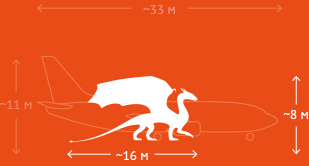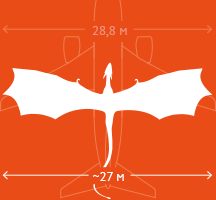Рус | Eng

Project «Infographics instead of words»
Europae Dracone
Dragons extinct because of humans, just as mammoth did. But in spite of popular opinion, they were annihilated not by knights, but by peasants, who were afraid for their sheep and cows.
























